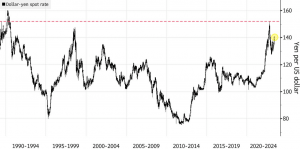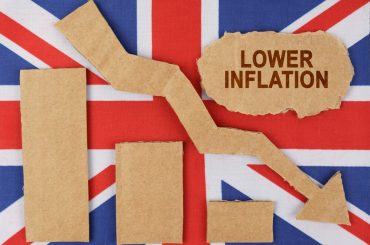The possibility of official intervention regarding the yen has become a major concern following its decline below the key level of 140 against the dollar. Last year, a similar situation led to Japan’s first intervention since 1998. While official warnings and comments have been issued previously, the violation of this level could trigger government operations.
Strategists are noting the differences between the current situation and last year when the yen dropped by over 20% and faced a crisis. Despite the pressure from the ultra-loose monetary policy of the Bank of Japan, the reduction in the trade balance deficit and the growth in tourism can provide some support for the Japanese currency.
The head of Japan currency strategy at Bank of America highlights that the necessity of intervention will depend on the speed of the yen’s decline and the exchange rate level. However, with the stabilization of oil prices, wage growth, and the return of foreign tourists, the cost-benefit calculation for a weaker yen is improving.
On Tuesday, a senior currency official stated that the government will take measures as needed in response to the yen’s weakening. This follows the finance minister’s warning regarding the yen’s fall below the 140-dollar mark.

However, the yen still remains far from last year’s lows. Its trajectory will depend on the development of economic factors and the actions of the Japanese government.





